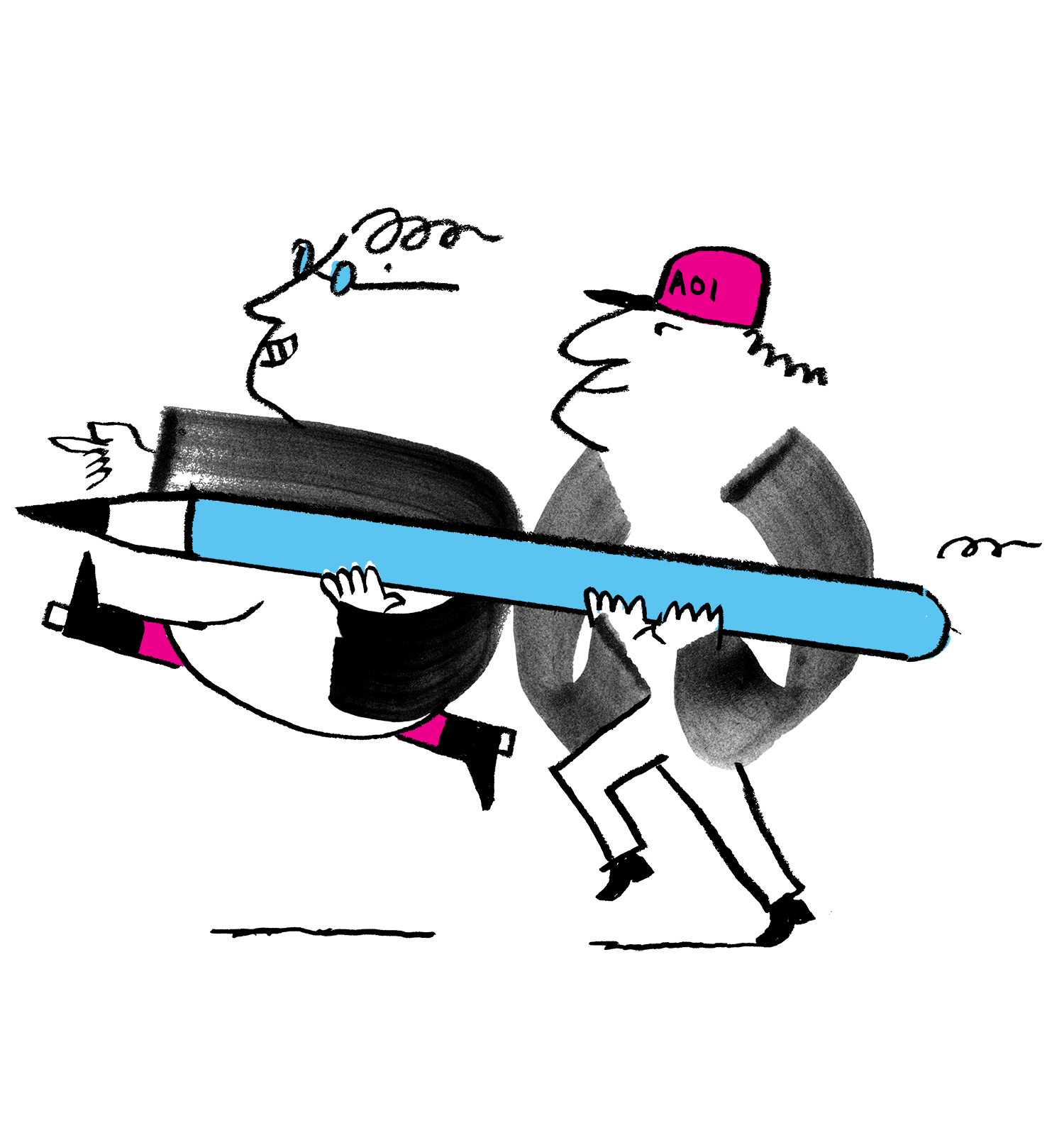Types of Animation Commission Members
In this article

Continue reading...
Enjoy unlimited access to all resources with an AOI membership
Become a Member Already a member? Log inIn recent years, the demand for animated content has grown significantly. As more screens fill our daily lives, illustrators are increasingly being tasked with incorporating motion into their work, or contributing their skills to larger animated projects in collaboration with others. Animation projects offer a wide range of exciting opportunities to expand your portfolio, develop your skill set, and broaden the range of potential commissions available to you as an artist.
However, as an illustrator, working with animation presents its own distinct set of production challenges. It?s important to understand and clarify your role from the outset, as this will affect your responsibilities and what is expected of you on the project.
Compared to a static illustration project, adding motion introduces an additional level of complexity. Often, more stakeholders are involved in the conception, creation and approval of the deliverables. Addressing feedback or making changes can take longer because you're working with multiple frames per second, more intricate production techniques, and lengthy rendering times. In all scenarios, it?s crucial to have a conversation with your client early in the process, either over email or on a call, to clarify their expectations and ask enough questions to ensure you fully understand your role, the creative brief, scope and deliverables.
This overview covers the various types of typical animation commissions, as well as some key considerations and additional responsibilities you may encounter.
Static Illustrations for an Animation Project
Clients will often commission illustrators to create assets intended for animation by their in-house video editors, motion graphics departments, or a third-party animation studio they've enlisted.
In this scenario, an illustrator's scope of work can vary widely. You might be tasked with creating small icons, or spot illustrations where a flourish of subtle movement is added for digital applications. Alternatively, the scope could include developing a comprehensive character design system or building an entire world intended to be brought to life for use in a TV commercial or live event, for example.
In any situation where someone else is responsible for animating or adding motion to your artwork, it's essential to discuss the final deliverables and delivery specifications upfront.
Does the work need to be broken apart and delivered as a layered file? Which specific objec

